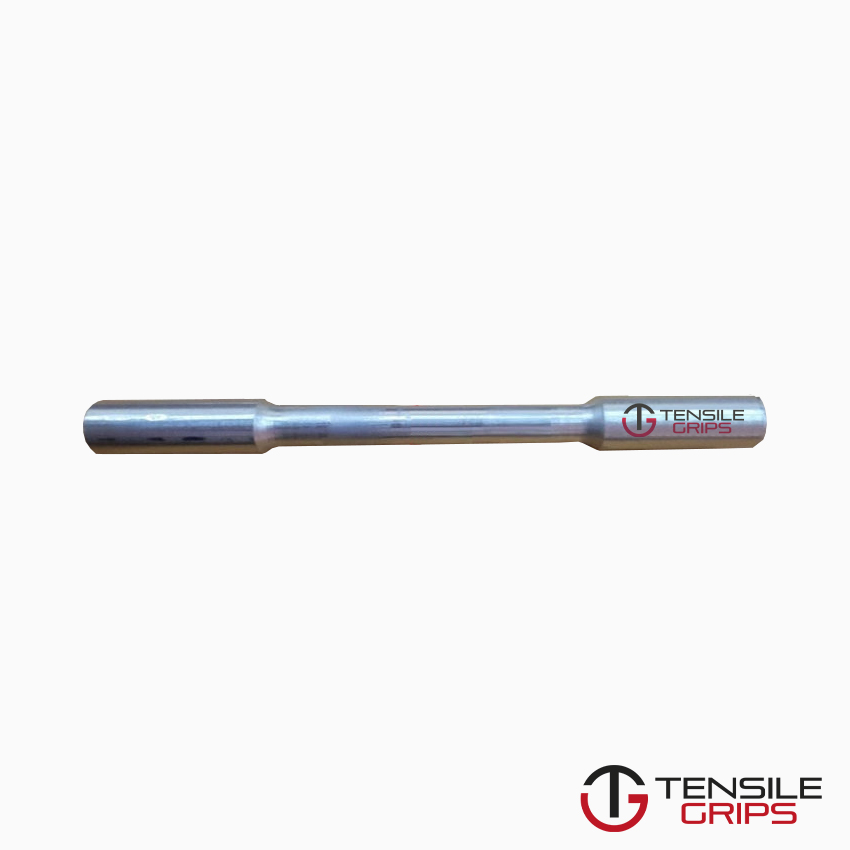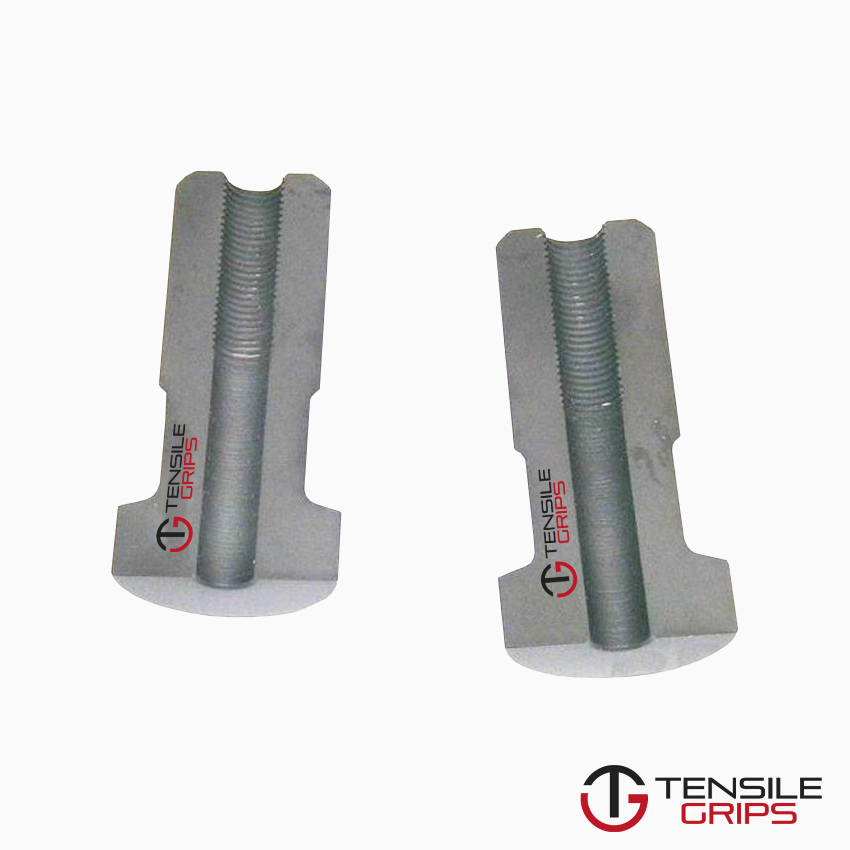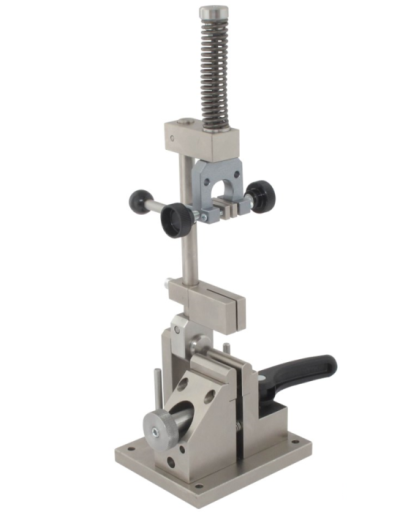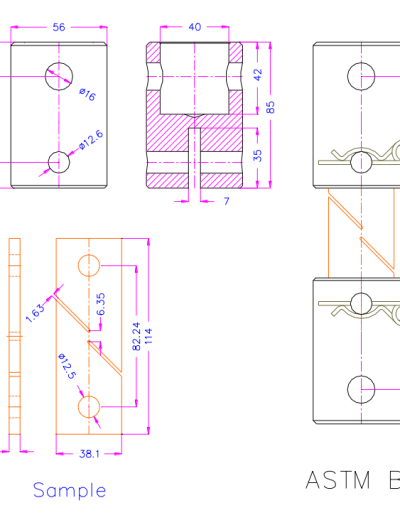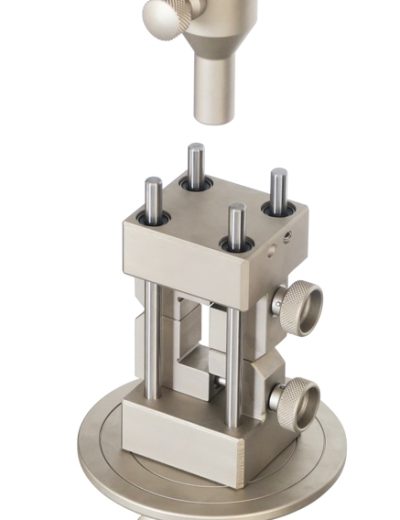ASTM A370 Test Fixture
ASTM A370 covers procedures and definitions for the mechanical testing of steels, stainless steels, and related alloys.
Please Contact With Us For More Information
ASTM A370 – Standard Test Methods and Definitions for Mechanical Testing of Steel Products
ASTM A370 – Mechanical Test Methods for Steel
ASTM A370 covers procedures and definitions for the mechanical testing of steels, stainless steels, and related alloys.
The various mechanical tests herein described are used to determine properties required in the product specifications.
Variations in testing methods are to be avoided, and standard methods of testing are to be followed to obtain reproducible and comparable results.
In those cases in which the testing requirements for certain products are unique or at variance with these general procedures, the product specification testing
requirements shall control.
Tests included under the specification are tensile tests, bend tests, compression tests, impact tests and hardness tests.
This summary will include machine options for each type of mechanical testing procedure.
Geometry
ASTM A370 tensile testing is very similar to ASTM E8 in that the specimens are either round or flat.
Flat samples are generally tested with serrated jaw inserts while round samples use a V-insert.
The size of the jaw inserts determines the allowable sample thickness within the grips.
Solution
A370 tensile testing can be performed with a universal testing machine.
Wedge grips must be used along with the appropriately sized load cell. Optional test equipment for this test includes pneumatic or hydraulic wedge grips and an
extensometer.
The extensometer can either be the Clip-on variety or the balanced version which bolts directly onto the side of the machine.
Analysis
Analysis for tensile testing under A370 can get quite complex.
Ultimate tensile strength is the most common measurement. However, further measurements can be taken using an extensometer to take elongation data.
This data can be used to measure the yield point and the offset yield.
Transverse strain gauges can be used to measure Poissons ratio.

